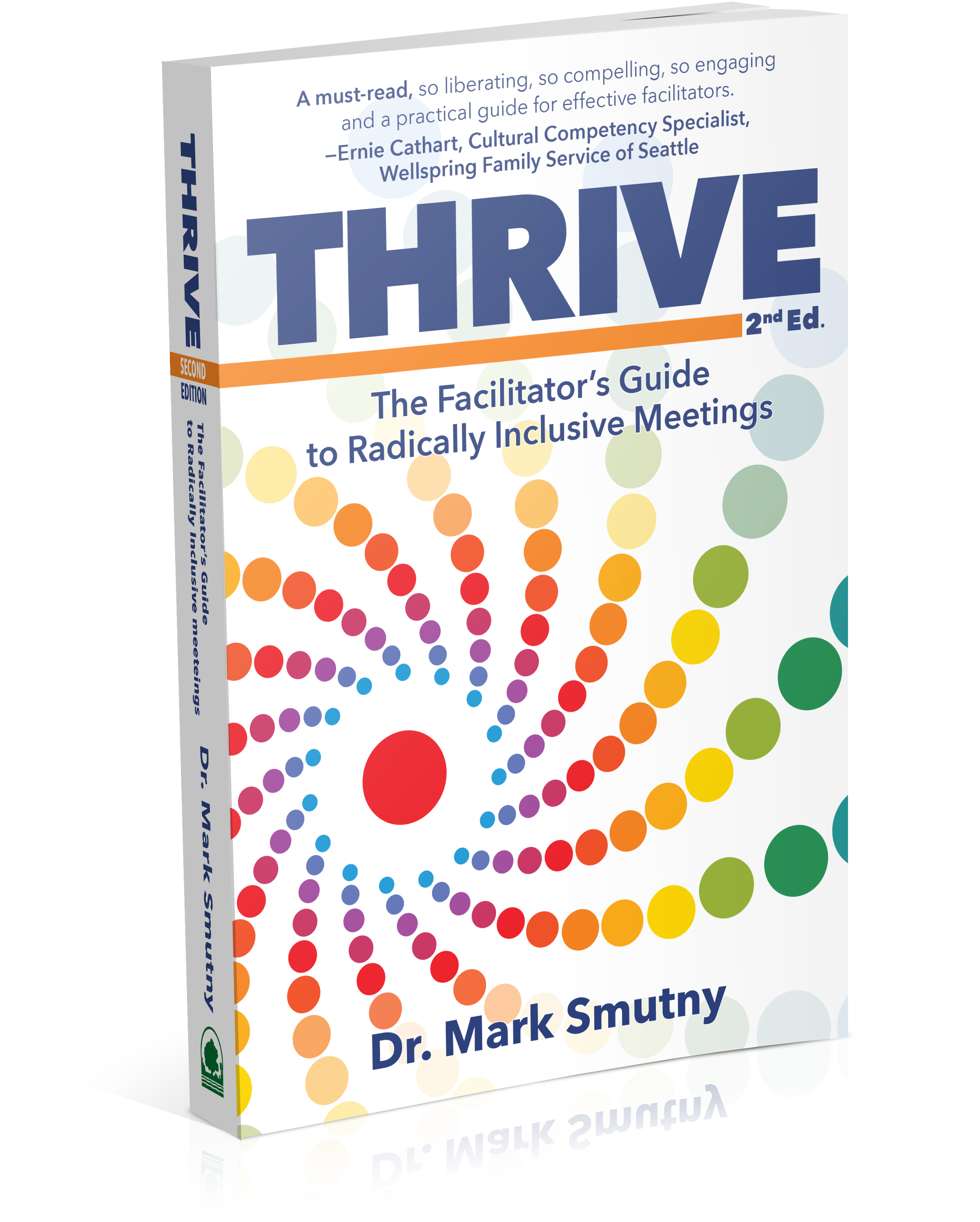
Engaging Every Stakeholder in Nonprofit Fundraising: A Key to Financial Success
By Dr. Mark Smutny
In the world of nonprofits, financial sustainability often feels like a daunting challenge. However, one of the most effective ways to ensure a thriving organization is to engage every stakeholder in the fundraising journey. Fundraising should never be viewed as a task for a select few. Instead, it is a collective effort that relies on the energy, creativity, and passion of all involved.
- Foster a Shared Vision
The first step to successful stakeholder engagement is building a clear and compelling vision. Every member of your nonprofit community—staff, volunteers, board members, clients, and donors—needs to understand and connect deeply with your mission. The “why” behind your fundraising efforts must be authentic, inspiring, and accessible to all. - Equip Stakeholders with Tools and Training
Stakeholders often hesitate to participate in fundraising because of fear or lack of confidence. Equip your team with the tools, training, and confidence they need. Provide workshops on storytelling, coaching in donor communications, or tutorials on leveraging social media for campaigns. Empower your stakeholders with the skills to excel, and watch their enthusiasm grow. - Create Opportunities for Everyone to Contribute
Not every stakeholder feels comfortable asking for donations directly, and that’s okay. Recognize the diverse strengths within your community and create opportunities for all to contribute. For example:
- Board members can introduce the nonprofit to their networks.
- Volunteers can create peer-to-peer fundraising campaigns or host events.
- Staff can share heartfelt impact stories to inspire donors.
- Donors can advocate for the cause by sharing personal testimonials.
- Celebrate Contributions and Impact
Acknowledge and celebrate the efforts of everyone who plays a part in fundraising, regardless of the role they take. Celebrate milestones, publicly thank contributors, and share stories of the impact their efforts have made. People will feel valued and motivated to continue their engagement. - Build Long-Term Relationships
Fundraising is not just about immediate financial goals; it’s about cultivating relationships. Focus on building trust, fostering communication, and creating a sense of belonging for stakeholders. The deeper the connection, the more likely they are to stay engaged and loyal to the cause.
Engaging every stakeholder in fundraising does more than ensure financial stability—it deepens the shared commitment to the mission and strengthens the sense of community. Remember, successful fundraising is not just about asking for money; it’s about inviting people to join a cause larger than themselves.
Let’s transform the fundraising narrative from a daunting duty into a vibrant, collective endeavor that inspires and uplifts everyone involved.
Dr. Mark Smutny
President, Civic Reinventions, Inc.
Email: mark.smutny@civicreinventions.com 
Website: https://civicreinventions.com
Phone: 626-676-0287
LinkedIn: (12) Mark Smutny | LinkedIn
Book: Thrive: The Facilitator’s Guide to Radically Inclusive Meetings, 2nd edition
